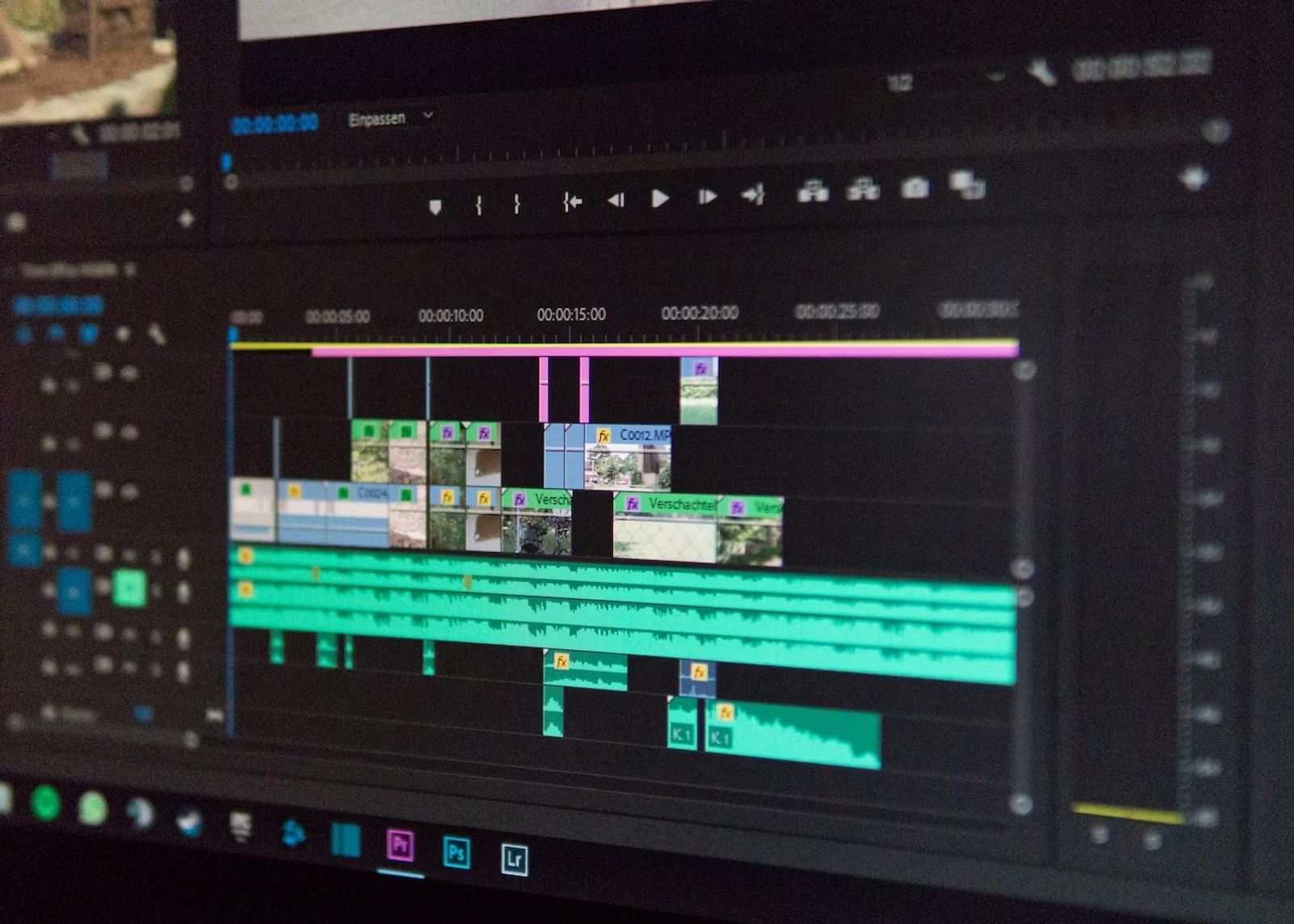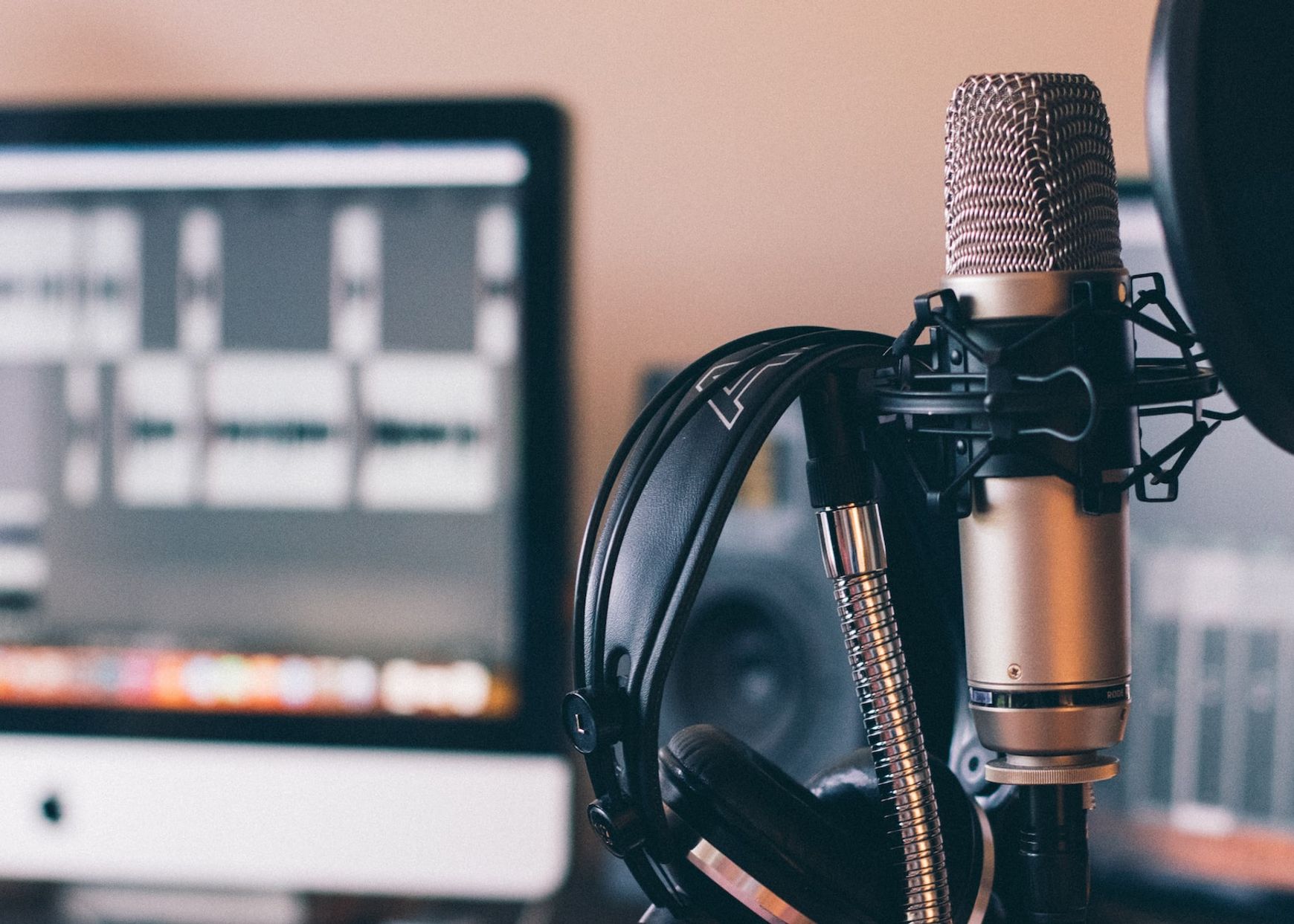
Qualitative Research Methodology and The Role of Transcription
Exploring the critical role of transcription in qualitative research, highlighting its methods, challenges, and impact on outcomes.

Exploring the critical role of transcription in qualitative research, highlighting its methods, challenges, and impact on outcomes.
Qualitative research is a method of scientific investigation that is primarily exploratory in nature. It seeks to understand and interpret social interactions and human behavior by delving into the “why” and “how” of decision-making processes, rather than just “what”, “where” and “when”. This method focuses on getting a deep understanding of a specific organization or event, rather than a surface description of a large sample of a population. It provides insights into the problem or helps to develop ideas or hypotheses for potential quantitative research.
Qualitative research is widely used in different fields including sociology, psychology, market research, and health care to understand people's attitudes, behaviors, value systems, culture, or lifestyles. Researchers collect data using an in-depth and flexible approach through various methods such as observations, interviews, discussions, or analysis of written documents and materials.

One of the key aspects of qualitative research is its immersive approach, which often requires researchers to engage deeply with their subject matter. This could mean spending extensive time conducting fieldwork, interviewing participants, or analyzing texts. To ensure the integrity and accuracy of this research, the data collected must be meticulously recorded and analyzed. This is where the role of transcription comes into play.
Transcription, in the context of qualitative research, refers to converting the verbal data collected through interviews or discussions into written text. Transcribing audio text for researchers is an essential step in the process, allowing for a more detailed data analysis. It also ensures that the information is preserved accurately for future reference.
Understanding qualitative research methodology is vital as it provides a platform for gathering an in-depth understanding of human behavior, attitudes, and patterns. Transcription plays a significant role in this process, ensuring the accuracy and reliability of the collected data. It allows researchers to capture the essence of the collected data and facilitate a more detailed and comprehensive analysis. Therefore, qualitative research and transcription are inseparable elements in the quest for scientific knowledge.
Transcription plays a pivotal role in qualitative research. It is the process of converting spoken language into written form. In qualitative research, transcription transforms the data collected through interviews, focus groups, or field observations into a more straightforward format to analyze.
This transition from verbal to written material makes the data more accessible and enables researchers to examine it closely, highlighting key themes and patterns. In light of these, below are some of the benefits of transcription in qualitative research:
Transcription is not just about the literal translation of words but also about capturing the essence of the discussions, including pauses, laughter, tone, and other non-verbal cues. This rich, nuanced information can provide valuable insights into the participants' perspectives, emotions, and attitudes that might not be apparent from the spoken words alone.
Moreover, transcription ensures the accuracy and reliability of the data. Transcription reduces the risk of misinterpretation and bias by creating a written record of the spoken words.
It allows researchers to revisit the data multiple times, to cross-check facts, and to validate interpretations. This is particularly important in qualitative research, where the credibility of the findings largely depends on the trustworthiness of the data.
Transcription also enhances the transparency of the research process. It allows others to review the raw data, challenge the findings, or perform their analysis. This openness contributes to the democratic nature of qualitative research, encouraging dialogue and collaboration among researchers.
In summary, transcription is not a mere technical step in qualitative research; it is a vital process that contributes to the quality and integrity of the research. Without transcription, the richness and complexity of the qualitative data would be lost, and the credibility of the research would be compromised.
Qualitative research is an intricate process that requires careful attention to detail and precision. This precision extends to the transcription methods used in the study, as it forms a crucial part of data analysis.
Transcription is converting audio or video material into a written format to be analyzed. Several transcription methods are used in qualitative research, each bearing its unique characteristics and suited to different types of data and research objectives. Below are these methods explained:
The first method is Verbatim Transcription, the most detailed form of transcription. Every utterance, pause, laughter, and non-verbal cue is documented as it occurs in the audio or video file.
This method is particularly useful in studies where the researcher aims to understand the interaction dynamics, participant emotions, or the influence of speech patterns on communication.
Intelligent Verbatim Transcription, also known as Clean Verbatim, is another method used. It omits irrelevant information such as repeated words, filler words, and background noises, providing a clean, easy-to-read transcript. This method is beneficial when the content of the conversation is more important than how it was expressed.
Another transcription method is Edited Transcription, where the transcriber has the liberty to edit the content for clarity and readability. This method is often used when the finalized transcript is intended for publication or public presentation.
The transcriber can omit irrelevant sections, correct grammatical errors, and rephrase sentences while maintaining the essence of the conversation.
Lastly, there's Phonetic Transcription, which focuses on the phonetics of the conversation. This method is generally used in linguistic studies where the pronunciation, tone, and speech sounds are as crucial as the spoken words.
Choosing the appropriate transcription method is largely dependent on the research objectives and the nature of the data. It is essential to remember that the quality of transcription can significantly impact the validity and reliability of the research outcomes. Therefore, investing time and resources in accurate transcription is crucial to qualitative research methodology.

In qualitative research, transcription is pivotal in transforming spoken language into written text. This process is crucial as it enables researchers to analyze the data in detail, identify patterns, and draw meaningful conclusions.
The transcription process in qualitative studies is methodical and requires a meticulous approach to ensure that every detail is captured and documented accurately.
The first stage in the transcription process involves the recording of the data. This generally occurs during interviews, focus groups, or observational studies where the researcher records the participants' verbal responses or interactions.
These recordings are then subjected to a detailed listening process, where the transcriber converts the spoken words into text. The transcriber must be careful to capture not only the words but also the tone, pauses, inflections, and non-verbal cues, as these can provide valuable information about the participant's attitudes and feelings.
The next stage involves proofreading the written text to ensure its accuracy and consistency. This step is critical as any errors or inconsistencies in the transcription can lead to misinterpretations of the data. Researchers or transcribers may need to replay the recording several times to verify that the transcription accurately represents the recorded data.
The text is then ready for analysis upon completion of the proofreading stage. Depending on the research design, different analytical approaches may be used. The transcriptions can be analyzed using thematic, narrative, or discourse analysis, among others.
The chosen approach will guide how the data is interpreted and subsequently influence the findings and conclusions drawn from the research.
In conclusion, transcription in qualitative studies is rigorous and time-consuming, but its importance must be considered. It ensures the accuracy and reliability of the data, enabling researchers to derive meaningful insights and contribute to the knowledge base in their respective fields.
It is an essential step in the qualitative research process that serves as a bridge between data collection and data analysis.
Transcribing qualitative data comes with its unique set of challenges. Here are some you should know below:
Firstly, it is a time-consuming process. Transcribing an hour-long interview can take 4 to 6 hours for an experienced transcriber and even longer for someone less experienced. This could cause delays in the overall research process.
Additionally, maintaining the accuracy and authenticity of the data during the transcription process can be pretty daunting. The transcriber needs to ensure that the original meaning and context of the data are preserved and no bias or personal interpretations are introduced.
Another common challenge is dealing with low-quality audio recordings and diverse accents or dialects. This often leads to misinterpretations, omissions, or inaccuracies in the transcription.
Transcribing multi-speaker sessions can also be complex, particularly when there are overlapping conversations or multiple people speaking simultaneously. The transcription process for such sessions can be intricate and requires a high level of expertise and attention to detail.
Despite these challenges, several solutions and strategies can help streamline the transcription process. Ensure you try some of these:
One of the most important steps is to ensure high-quality audio recordings. This can significantly reduce the time and effort required for transcription and minimize the chances of errors or omissions.
It's also advisable to use specialized transcription software like Happy Scribe. These tools speed up the transcription process and improve its accuracy.
Transcribers should be trained to focus on the content and context of the conversation rather than the grammatical correctness. This can help maintain the originality and authenticity of the data.
When working with multi-speaker sessions, it's advisable to have a clear marking system to identify the speakers. This can make the transcription process easier and more accurate.
Moreover, periodic reviews and quality checks should be implemented to ensure the highest accuracy and consistency in the transcription.
In cases where the researcher needs to improve in the language or dialect spoken by the participants, hiring a professional transcription service with expertise in that language or dialect can be beneficial. This ensures that the nuances and subtleties of the language are preserved in translation.
Happy Scribe ensures you can pick 119+ languages while submitting the video for transcribing. These include both those that are widely spoken and those that are not. You can select dialects as well. For instance, there are English dialects from Ghana, India, the United States, and the United Kingdom. You have a choice of France, Canada, or Belgium for French. These guarantee the accuracy of the transcriptions.
In conclusion, while transcribing qualitative data can be a challenging task, with the right strategies and tools, it can be effectively managed to provide valuable insights for your research.
The precision and accuracy of transcription play a crucial role in the validity of qualitative research outcomes. Transcriptions serve as the textual representation of audio or video data collected during research. They form the basis for data analysis and interpretation, thus directly impacting the research findings and conclusions. Therefore, any inaccuracies or errors in the transcription can lead to incorrect interpretations and flawed research outcomes.
Transcription errors range from simple spelling mistakes to significant omissions or contextual misinterpretations. Minor inaccuracies seem inconsequential, but they can distort the meaning and context of the data.
For instance, a misheard word or phrase can change the entire sentiment of a participant's response. Similarly, incorrect punctuation can alter the intended meaning of a sentence. Hence, the reliability of the research findings is inherently tied to the quality and accuracy of the transcriptions.
The potential impact of transcription inaccuracies is even more significant in qualitative research, where the focus is on exploring individuals' perceptions, experiences, and interpretations. The richness of qualitative data lies in its detail and depth. Any loss of nuances, subtleties, or context during the transcription process can significantly diminish the value of the data, leading to incomplete or misleading research outcomes.
Moreover, it is valuable to note that transcriptions are often shared with other researchers and stakeholders or used as a basis for future research. Inaccurate transcriptions can thus have a far-reaching impact, perpetuating errors and inaccuracies in subsequent studies or decision-making processes.
Therefore, ensuring transcription accuracy is more than just a matter of diligence or good practice. It is a critical aspect of maintaining the integrity and credibility of qualitative research. Researchers need to invest time and resources in accurate transcription, whether it's through rigorous training, adequate quality checks, or utilizing reliable transcription services.

Exploring the critical role of transcription in qualitative research, highlighting its methods, challenges, and impact on outcomes.

Exploring the pivotal roles of various transcription types in qualitative research, from verbatim to AI-powered methods.

Understanding Transcription's Impact on Qualitative Research Accuracy

Transcription in qualitative research transforms spoken dialogues into script, enhancing analysis and accessibility.

Video transcription revolutionizes educational research by enhancing data precision, accessibility, and analytical depth.

Exploring Qualitative Research Interviews: From In-Depth Analysis to Practical Transcription Techniques

Revolutionizing Qualitative Research: The Impact of Automatic Transcription

Wondering how to tackle the obstacles of remote work? Audio transcription software has a load of benefits—read about them here!

Explore ways to speed up transcription – optimizing workflows, reducing costs, and delighting customers as you do so.

Transcribing interviews can be time-consuming, but there are ways to do it faster. Break the interview into smaller chunks, use speech recognition software, and make use of transcription services. Utilize keyboard shortcuts and familiarize yourself with the content to further increase your speed.